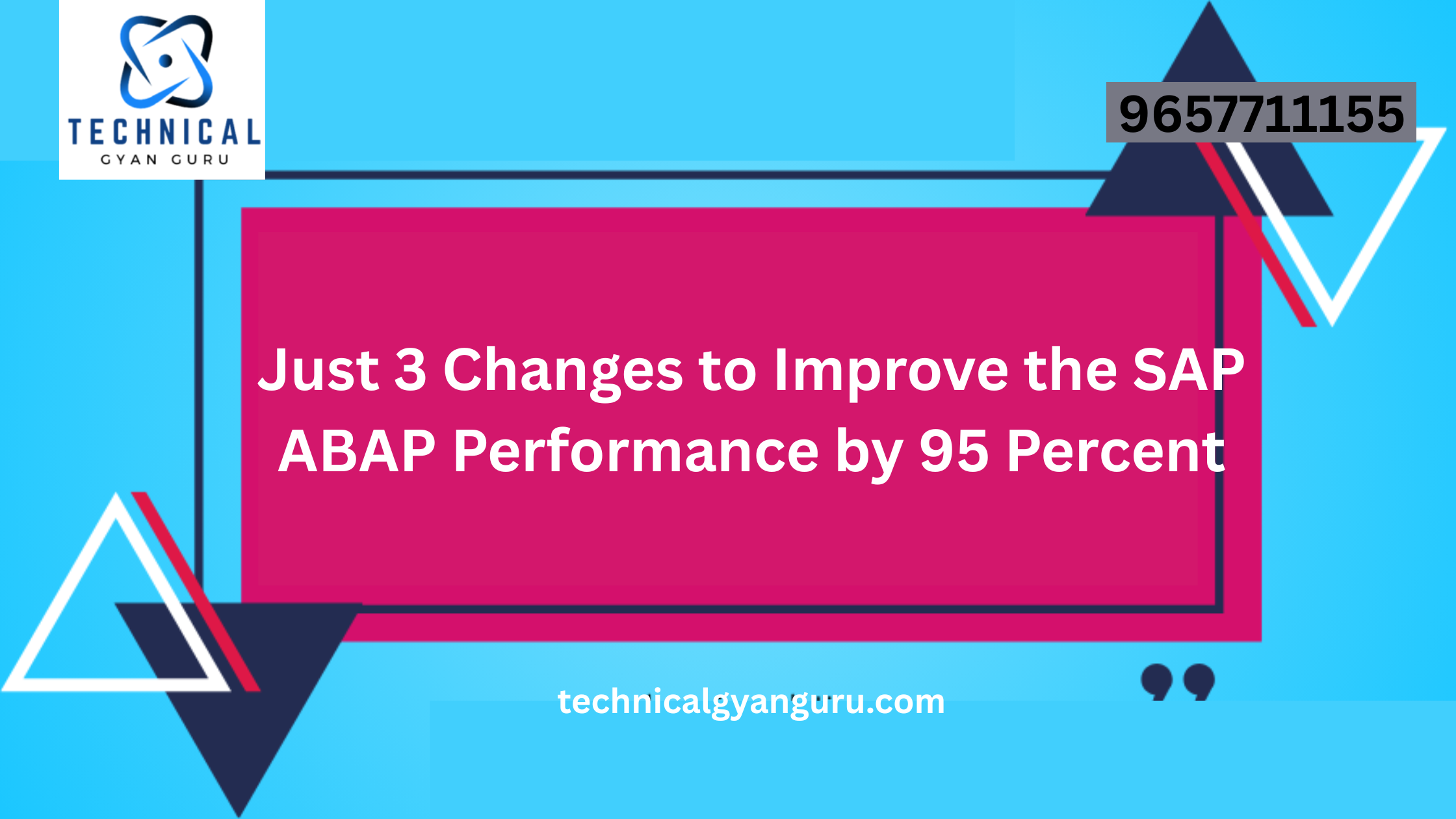Introduction: SAP PLM Transaction Codes
SAP PLM Transaction Codes: In the rapidly evolving landscape of product development and lifecycle management, organizations turn to powerful solutions like SAP Product Lifecycle Management (PLM) to drive innovation and efficiency. SAP PLM provides a comprehensive platform for managing the entire lifecycle of a product, from conception to end-of-life. To harness the full potential of SAP PLM, understanding its transaction codes is crucial. This blog post aims to be a comprehensive guide, shedding light on the significance of SAP PLM transaction codes and their role in optimizing product lifecycle processes.
Understanding SAP PLM Transaction Codes:
Transaction codes in SAP PLM are alphanumeric shortcuts designed to provide users with direct access to specific functionalities within the system. These codes cover various aspects of product development and lifecycle management, including document management, change management, and collaboration. By using transaction codes, users can navigate through the system efficiently, ensuring streamlined and well-controlled processes.
Common SAP PLM Transaction Codes:
- Document Management:
- CV01N: Create a document in the SAP Document Management System (DMS).
- CV02N: Edit an existing document in the SAP DMS.
- CV03N: Display a document in the SAP DMS.
- Material Master Data:
- MM01: Create a material master record for a new product.
- MM02: Modify existing material master data.
- Change Management:
- CC01: Create a change master record for a product change.
- CC02: Modify existing change master records.
- Engineering Change Management (ECM):
- CCR: Create a change request for engineering changes.
- CCM1: Monitor and process engineering changes.
Key Functionalities Explored:
- Document Management:
- CV01N: Create new documents for product specifications and designs.
- CV02N: Edit and update existing documents, ensuring accurate and current information.
- CV03N: Display documents for reference and collaboration.
- Material Master Data:
- MM01: Establish material master data for new products, including key specifications and attributes.
- MM02: Modify material master data as product information evolves.
- Change Management:
- CC01: Create change master records to document and track changes in product specifications or designs.
- CC02: Modify existing change master records to reflect the latest updates and decisions.
- Engineering Change Management (ECM):
- CCR: Initiate change requests for engineering changes, ensuring a systematic and controlled process.
- CCM1: Monitor and process engineering changes efficiently for timely implementation.
Benefits of SAP PLM Transaction Codes:
- Efficient Document Management:
- Transaction codes enable quick creation, editing, and retrieval of crucial product-related documents.
- Accurate Material Master Data Management:
- MM01 and MM02 transaction codes ensure that material master data is consistently accurate and reflects the latest product information.
- Streamlined Change Management:
- CC01 and CC02 facilitate a structured approach to managing changes, ensuring transparency and control.
- Effective Engineering Change Management:
- CCR and CCM1 transaction codes support a systematic process for engineering changes, leading to improved product quality and innovation.
Conclusion:
In the realm of product lifecycle management, SAP PLM transaction codes are indispensable tools for organizations aiming to innovate and optimize their processes. Understanding and leveraging these codes empower users to navigate the complexities of product development and lifecycle management seamlessly. As businesses continue to prioritize innovation and efficiency, mastering SAP PLM transaction codes becomes a key factor in achieving excellence in product lifecycle management.







